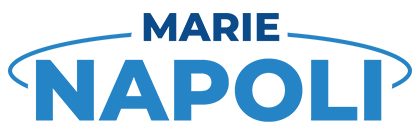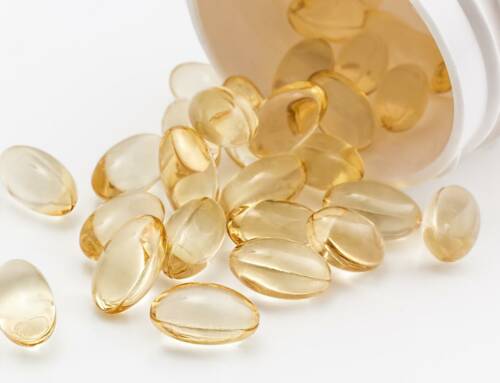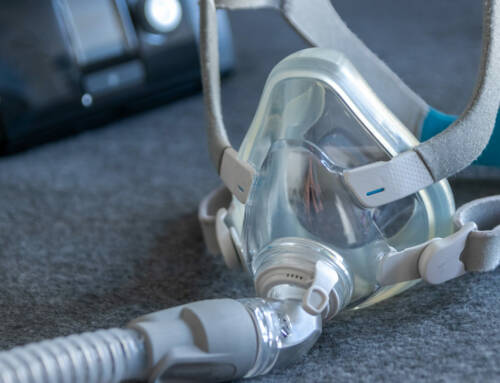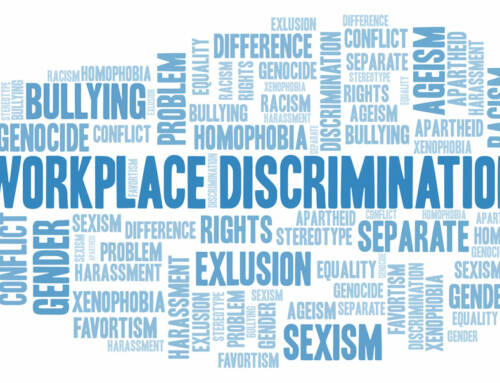During the worst of the COVID-19 pandemic, global supply chain challenges emerged due to a variety of factors, and those challenges remain ongoing. That’s led businesses to source products that they need from new suppliers, often under pressure, reducing the level of diligence and vetting that would normally go into a supplier contract. For food products, that means a higher risk of contamination, both of toxic substances and of allergens that can cause severe injury.
The causes of the current supply chain insecurity are numerous. The pandemic put intense pressure on production around the world, as governments imposed lockdowns that kept workers from doing their jobs. Concurrently, shipping costs skyrocketed: the price of shipping a single, non-refrigerated container rose from about $6,000 in 2019 to as high as $30,000. The rate of business failure also jumped, and as once-reliable suppliers went out of business, the companies that depended on them struggled to find replacements. And bureaucratic hurdles to imports and exports, established to manage the pre-pandemic supply chain, have been slow to shift to the new reality.
In most cases, issues in the supply chain mean less stock on store shelves or wait times for products like electronics and automobiles. In the food industry, however, large-scale re-sourcing of in-demand products can lead to dangerous contamination. In their efforts to put products on shelves or deliver goods to restaurants, some food businesses have reduced their diligence in quality control, relying more on suppliers to self-audit than on their own quality checking. Because food is most often contaminated during production, processing, and distribution, that presents a growing risk to the public.
At the same time, new digital technologies have been introduced during the pandemic that dramatically improve business’s ability to track products through the supply chain. Because the means are available to improve food safety, food businesses that are responsible for contamination may have failed twice: first by failing to put available processes in place that can prevent tainted products from reaching the market, and second by failing to catch the actual contamination through quality-checking.
Nearly 1 in 6 Americans get sick from contaminated food or beverages each year. If you’ve experienced food poisoning, an allergic attack, or a reaction to toxins in food or food packaging, you may be entitled to damages, not just from the store or restaurant that supplied the food but also from distributors and others further up the supply chain. A knowledgeable attorney can help you to determine whether you have a complaint that is likely to succeed in the civil legal system.






